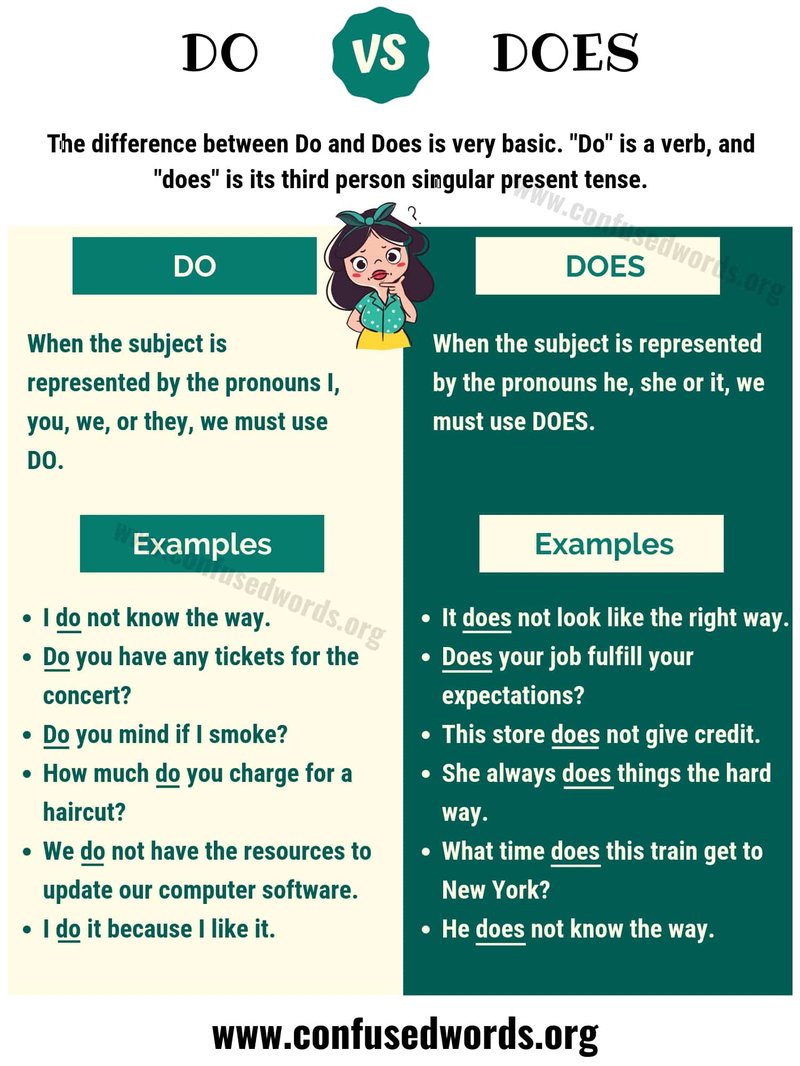
Think of your fridge as a friend trying to communicate with you using a limited vocabulary. The “Oe” error code is one of those messages, signaling a potential problem within the refrigerator’s internal system. This specific error usually points to an issue with the refrigerator’s drainage system, which could be as simple as water backing up somewhere it shouldn’t. Let’s break it down step-by-step and help you understand what’s really going on, why it’s important, and how you might be able to fix it.
Understanding the Oe Error Code
So, what’s the deal with the “Oe” error code? In the world of Whirlpool refrigerators, this code typically relates to the water drainage system. Imagine a clogged bathtub drain. When you’re showering, water begins to pool at your feet because it’s not draining properly. Similarly, when your fridge displays the “Oe” code, it’s often because water isn’t draining out as it should.
Inside your fridge, there’s a mechanism to remove excess water, usually from the defrost process. This water should be carried away seamlessly through a small drain. If something goes wrong, like a clog or blockage, your refrigerator senses the problem and displays the “Oe” code to warn you. Understanding this early can prevent further complications, much like clearing a minor clog before it turns into a full-blown plumbing nightmare.
In many cases, this could be due to food particles or ice build-up blocking the drain. Over time, small crumbs or ice crystals can accumulate and form a barrier, preventing the smooth flow of water. It may seem like a small issue, but ignoring this can lead to bigger problems, such as water leaking inside the fridge or even onto your kitchen floor.
Common Causes of Whirlpool Oe Error
Now, you might be wondering, “What exactly causes this error code to appear?” Let’s dive deeper into the common culprits behind the “Oe” error. Firstly, as mentioned, clogs are often a primary cause. Your fridge’s drain line can get obstructed by food debris, but ice build-up is another frequent offender. This can occur when warm air enters the fridge, often from the door being left open, leading to ice forming in the drain line.
Another possible cause is a malfunctioning defrost heater. The defrost heater is supposed to melt any ice build-up on the evaporator coils, preventing it from causing blockages. If this component fails, ice can accumulate and obstruct the drainage path. It’s like having a broken defroster in your car during winter—imagine trying to drive with ice covering your windshield.
Finally, the drain pan could be an issue. This pan collects water and allows it to evaporate. If it’s damaged or improperly placed, it might not function correctly. Imagine a cup with a crack, unable to hold water as intended. With these causes in mind, you can begin to see how crucial each part plays in your fridge’s drainage process.
Fixing the Oe Error Code
Now that we’ve unraveled the mystery behind the “Oe” error, you might be eager to know how to fix it. First, unplug your refrigerator—it’s always important to ensure safety by cutting off the power. Then, locate your fridge’s drain, which is usually at the bottom, and inspect it for any visible blockages. You might find it helpful to use a gentle mixture of warm water and vinegar to clear out any unwanted debris.
If ice build-up is the issue, defrosting your fridge for several hours might do the trick. Simply open the fridge doors and allow room temperature to naturally melt the ice. If a more stubborn blockage persists, you could try using a turkey baster to flush warm water down the drain and dislodge any ice chunks.
In case the problem remains unresolved, inspecting components like the defrost heater or getting in touch with a professional could be necessary. Sometimes, a trained eye is needed to spot underlying issues that might not be visible to us on the surface. Remember, persistence and patience are key, and if in doubt, don’t hesitate to call for professional help.
Preventing Future Oe Errors
Preventing the “Oe” error code from rearing its head again can save you time and hassle. Regular maintenance is your best bet. Just like you wouldn’t wait for your car to break down before getting an oil change, it’s a good idea to perform routine checks on your fridge.
Start by ensuring the refrigerator doors are properly sealed to stop warm air from getting in. You can check the seals by closing a piece of paper in the door; if it slides out easily, the seals might need replacing. Cleaning the drain line every few months with a mild solution can also help prevent blockages from forming over time.
Additionally, keep an eye on the defrost cycle to ensure it’s running smoothly. Regularly inspecting the defrost heater for signs of wear can prevent ice-related issues. Just like a well-tuned engine, a well-maintained fridge operates more efficiently and effectively. By following these simple steps, you can enjoy a smoothly functioning Whirlpool refrigerator without the worry of surprise error codes.
